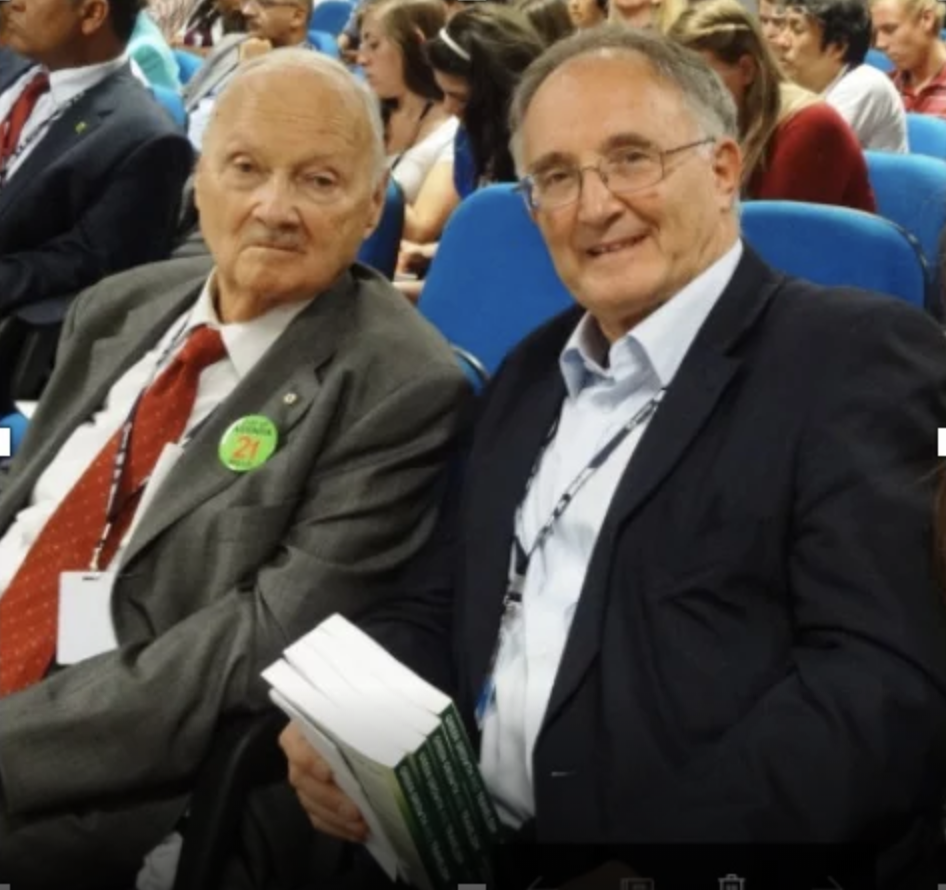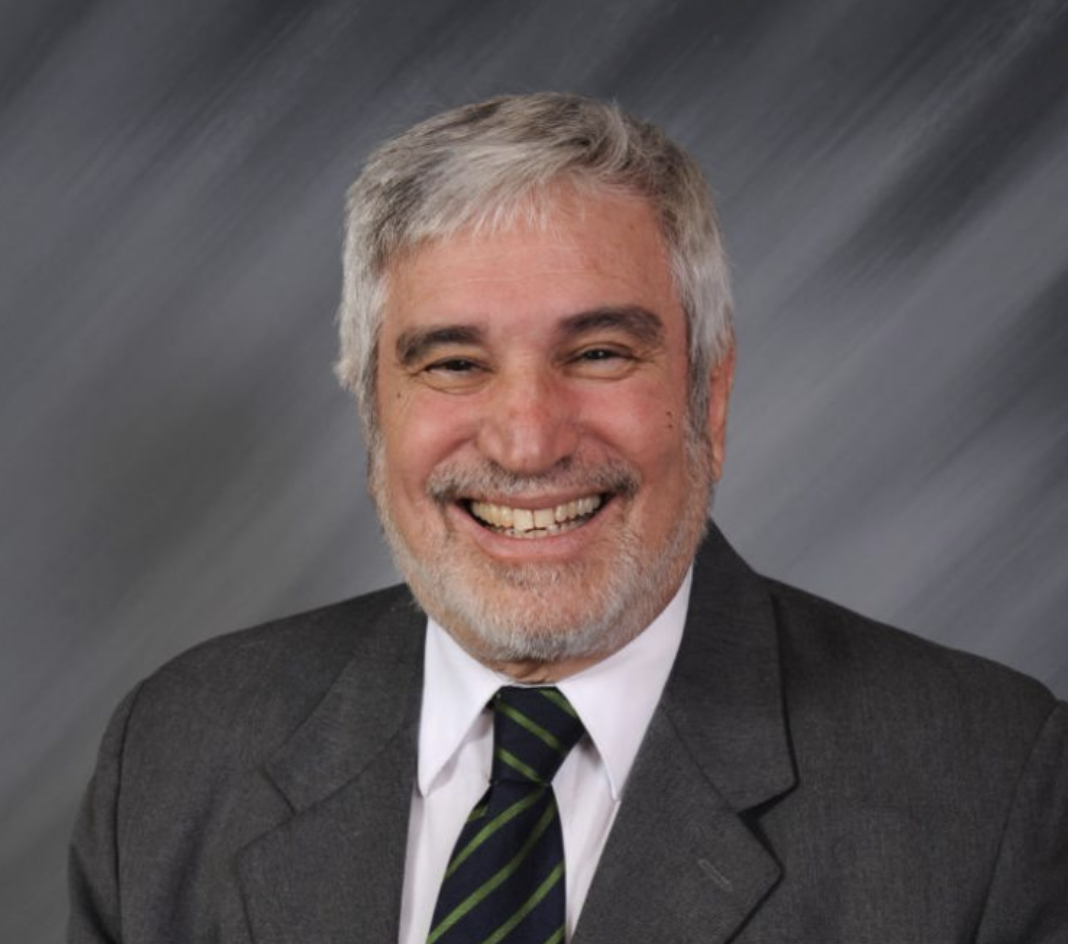

A Plan For Our Kids: Climate Friendly Travel
Deep down, most people know, Travel & Tourism must respond to the eXistential challenge of Climate Change, must fully align with the Paris Agreement targets, and must play a leading role in the Green New Deal paradigm shift. Our sector is a central part of the human activity – social, economic and environmental: its influence and impact are growing: its role in development is fundamental. Mobility is a part of our DNA.
But we are in the middle of a massive “New Climate Economy” transformation. It will affect all consumption, all supply, and all investment on the planet, as well as a shift to the circular economy and nature-based solutions. The scientists say we have about a decade to get our house in order and keep global temperatures at tolerable levels for humanity. If we don’t fix it, our grandkids will freeze or fry.
Many will say that we are acting already – conferences, declarations: observatories: pledges: certification: awards: offsets: clean energy technology and so much more. We have WTTC linked to UNFCCC, IATA & ICAO taking care of aviation and CLIA, WOC & IMO looking after cruises. We’ll also get a huge boost from societal shifts to low carbon lifestyles, smart cities, electric transport: synthetic fuels: green buildings, satellite or big data monitoring, AI, IOT and the like.
At the same time countries, cities, businesses, and consumers will deliver an increasing number of national and local regulations as states take steps to ensure that the SDGs and Paris targets are achieved. All this change will intensify under the dictates of a progressively tightening Paris climate regime. Surely this will be enough?
I suggest it will not. Our world is just beginning to understand the impact of extreme weather, melting ice caps, warmer oceans, severer drought, fiercer forest fires, disrupted supply chains, and migration mayhem. The harsh reality is we still need to move further, faster and more strategically on Climate Response in the coming decade.
Tomorrow’s leaders must have the right mindset to deal with the dynamic disrupted world of tomorrow. The ingenuity to conceive and build responsive Travel & Tourism systems for liveable, as well as enjoyable destinations. And that means starting now and accelerating to stay on the intensifying Paris curve.
SUNx – a legacy program for Maurice Strong, the father of sustainable development – has crafted the start of a response. “Plan For Our Kids” will create 100,000 STRONG Climate Champions in all UN States by 2030. Not to replicate or substitute work done by committed industry or government bodies dealing with Climate response – we will need all of these. There will be no magic bullet
Our contribution is to help prepare the next generation of decision makers, as well as help companies and communities connect with them. It’s a low cost, CSR linked program, which will support nextgen leaders with lifetime learning, from school through graduation and it will teach Climate Friendly Travel ~ measured to manage: green to grow and 2050 proof to innovate. It will provide cloud-connected online education, analytics and a heavy emphasis on innovation, to spread best practice around the system.
“Plan For Our Kids” will help keep a central focus on climate resilience for destinations, companies, value chains and travelers themselves. It will focus on communities because that’s where lasting impacts are made and it’s where ultimate lifestyle decisions rest. It will be expanded through SDG 17 Partnerships for change.
To take this plan to global scale in the 2030 timeframe requires us to find a pioneer group of like-minded industry and government partners, prepared to commit to a real strategy for a real existential climate emergency. Just 50 STRONG Climate Champions in each State, every year for the next decade will see a global movement of 100,000 by 2030. They will be from the Greta Thunberg generation. They will have the same vision, commitment and tenacity. They will help deliver Climate Friendly Travel.
If you share this view and want to be a part of the change, please contact Geoffrey Lipman at [email protected] or visit our website www.thesunprogram.com

Travel Marketing To and Protecting Visiting Children
One of the most difficult segments of the tourism industry to which to market protect the children or young adult segment, In reality, this segment breaks down into at least four sub-segments, and each of these has its own challenges and opportunities.
Although in most nations the law defines a child as anyone who is not an adult (under 18 years of age) from the perspective of tourism there are major differences between an infant and a teenager. These differences manifest themselves in not only how we market to them but the products that we offer. One way to analyze this multivariate market is to divide the child/young adult tourist segment into categories such as:
- Infant/diaper travel (newborn to 2 years of age)
- Young children travel: (2-10 years of age)
- Pre-adolescent travel: (10-13 years of age)
- Adolescent travel: (13-17 years of age)
These subdivisions are only approximations and in reality, the travel sociological patterns of each group merge one into the other and also differ one from the other. They are used here merely as divisions of convenience.
The Child/Young adult/Family travel market is a large one. According to the (US) Family Travel Association it is estimated that in the United States (and we can assume the same holds true for many other nations) that family travel potentially comprised up to 35% of the total travel market. Additionally, most of this travel is discretionary travel and often families with young children and adults tend to spend more during their trip than do single travelers or couples traveling without children, According to the US Family Travel Association there are four key factors that are driving this segments of the market’s growth. They are:
- Busy parents want to spend more quality time with their children and travel is one way in which they can accomplish this goal
- Travel allows parents to provide educational and life-enhancing experiences and learning in an unstructured and non-judgmental setting
- There is an ever-expanding number of family travel products ranging from lodging to restaurant menus and children’s discounts
- Grandparent-grandchildren travel produces long-term memories across generations.
Although few travel destinations expressly go after children as the motivator for travel (exceptions to this rule are locations such as: Anaheim, CA, Orlando, Florida, or Disney Paris) children play a large role in travel and in travel destinations decisions. For example:
- Market fragmentation. The under 18-year old market is not only expansive but highly diverse. The needs of a parent traveling with an infant are different from a parent traveling with a teenager. If marketing to a portion of the family travel market, think through which segment is the priority and then market to that segment.
- Negative motivators. With a few exceptions, most travel decisions are not made specifically at the child’s request. However, children can complain enough that parents choose not to go to a specific location. Destinations might not attract visitors due to their child-appeal but they can lose visitors due to their lack of child-appeal.
- Food dislikes. Children, especially on vacation, can be a challenge to feed. Often they reject fancy foods and fine dining. Tourism destinations that seek “family markets” must be sure to offer a variety of “simpler” or basic foods at portion control quantities and at affordable prices
- Noise control. Children can be noisy. Tourism areas that seek to be child-friendly need to provide spaces where children are not expected to speak in moderate tones and will not be disturbing to other guests. Children’s noise may be seen as either cute or annoying depending on the location and situation into which they are placed.
- Centers of Lodging Children; Tourism family destinations need to think through the lodging challenges. These range for rails around swimming pools in the case or older children to easily accessible diaper changing areas. Lodging locations need to offer a variety of unique services from childcare to bottle warmers.
- Cultural events: Children often complain of boredom and push parents to leave a locale at an earlier time than the parents might prefer. On the other hand, if children are not exposed to museums, plays, or concerts they will never learn. Tourism destinations that seek the family market may want to consider not only matinees but also half –performances or other methods to deal with shorter attention spans.
To help you market to this important segment of the world of travel and tourism, Tourism Tidbits offers the following suggestions.
-Understand what drives your segment of the child/young adult travel market. Because this is such a wide segment of the travel market, no one destination can appeal to all of it. Segment your market by attractions, price and offerings and then appeal to the part of the youth market that matches your reality.
-Young Adult and Children’s tourism is multi-faceted. Some of the more popular sports for children are amusement parks, seaside vacations, television-inspired vacations and school cultural experiences. The latter is important because it occurs outside of the family and usually has a prepaid package as part of the experience. The school travel tourism market often has not been recognized as a major source of income by the tourism industry.
-Do not overlook multi-generational travel. Grandparents love to spoil grandchildren and recent retirees might be the wealthiest brackets of retired people in history. Young grandparents are still well enough for physical activity and wealthy enough to spoil the next generation. Develop special grandparent/grandchildren packages. Offer hotel rooms that provide both privacy and easy access and develop food and eating schedules around young travelers’ needs.
-See and market to children as sophisticated consumers. Children watch television and are Internet savvy. Offer well thought through services that appeal to specific age groups. Remember one size does not fit all. As children are ever more exposed to a computerized world they are “aging” faster and are more aware of everything from sex to politics at ever-younger ages.
Dr. Peter Tarlow is president of Tourism & More and head of the eTN Travel Security and Certification program. More information: www.certified.travel
